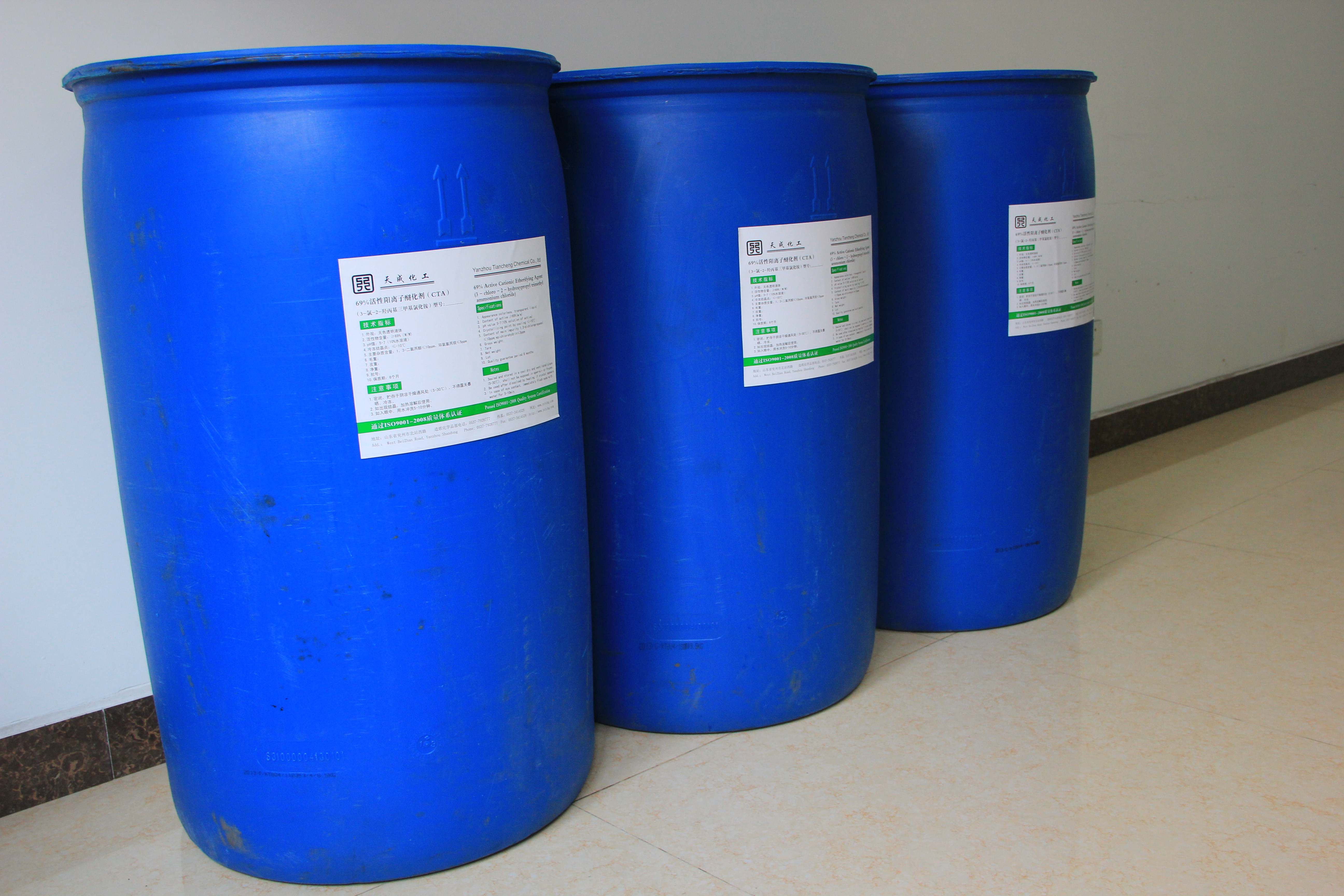
(Source: greencarcongress)
According to foreign media reports, an international research team synthesized a one-dimensional string-shaped platinum-nickel alloy nanocage with a platinum skin structure and used it as a catalyst for oxygen reduction reactions in fuel cells. The mass activity of this nanocage catalyst is as high as 3.52 amperes per milligram of platinum, and the specific activity is also very high, reaching 5.16 amperes per square centimeter of platinum, which is almost 17 times and 14 times that of commercial platinum carbon catalysts, respectively.
After 50,000 cycles, the catalyst showed high stability and almost no activity attenuation. Experimental results and theoretical calculations show that there are fewer strong-bonded platinum oxygen sites caused by strain and ligand effects. With the support of this catalyst, the current density of the fuel cell at a voltage of 0.6V reaches 1.5A / cm2 and can operate stably for at least 180 hours.
In fuel cells and metal-air batteries, platinum is the most active electrocatalyst for oxygen reduction reaction and has good stability. However, considering the cost and large-scale commercial applications, even the most advanced platinum catalysts currently have insufficient activity and stability. Using the near-surface structure of the nano-platinum alloy to improve the electrocatalytic performance of platinum-based electrocatalysts, this method is very promising and can maximize the discovery of high active sites with the best performance. The researchers said: "Adding other transition metals and adjusting the bonding strength of platinum-oxygen intermediates through ligands and strain effects can improve the performance of the catalyst. The introduction of hollow and porous nanoparticles and other open nanostructures, such as nanocage and nanoframework structures To help achieve this goal and improve quality delivery. "
To prepare the nanocage, the research team first used a one-pot solvothermal method to reduce platinum and nickel precursors in different proportions to prepare one-dimensional string-shaped platinum-nickel alloy nanocages (BNSs). Treatment under acidic conditions selectively removes nickel species, leaving ultra-thin 1D Pt-Ni BNCs composed of platinum skin and residual platinum-nickel alloy.
The researchers said: "This study provides an effective strategy platinum alloy nanostructures reasonable design, help to provide guidance for the application of catalyst in the field of energy conversion and other." (Author: Elisha)
|
Feature |
|
l Can inhibit the foam forming l Excellent defoaming property quickly l Stable and no separated layer in water based system l Good compatibility with water based resin and no floating oil phenomenon
|
|
Application and dosage: |
|
l Water based wood paint/coating l Water based industrial paint/coating l Water based automotive trim adhesive l Emulsion paint/coating l Water based coating etc. Remark: Dilute the WC-DF505 by 3~5 times with water and add it into water based system.
|
|
Chemical composition: |
|
l Modified polydimethylsiloxane polymer
|
|
Technical data: |
|
l Appearance: Yellowish liquid l pH (25℃): 6~7 l Active ingredient: ~30% l Viscosity (25℃): 500-1000 Cp |
|
|
|
Package, Storage and Transportation |
|
l Available in 200 kg/ barrel or 25 kg/ barrel l Storage period: ~12 months in closed containers, shady and dry place
|

Defoamer (defoaming Agent)
Defoamer Agent,Fatty Alcohol Defoamer,Polyether Defoamer,Organosilicone Defoamer
Shandong Tiancheng Chemical Co., Ltd. , https://www.akdchemical.nl
